Anti-Asian American violence is still raging. AAPI teachers are trying to stop it.
Carla Cariño plugs Asian American history as often as she can – even by advocating for Spam.
A veteran ethnic studies teacher in Denver Public Schools, Cariño regularly draws from her own experiences as a Filipina American. Recently, in modeling a writing assignment for students, Cariño challenged historical stigmas about Spam, the canned pork, and celebrated Asian ingenuity that reinvented it.
Cariño, 49, wrote about her dad, who rejoiced when the American military liberated the Philippine islands from Japan. Upon their arrival, according to accounts, GI Joes distributed cans of Spam – enshrining the meat in Asian cuisine. Cariño recalled having her roommates tease her when she ate canned meat as a young adult. Asian Americans eat it in dishes like Spam musubi, she explained, “because of the very Americans who disdain it. We were able to make lemonade out of lemons.”
Asian American history like the importance of Spam rarely makes an appearance in classrooms. Even in ethnic studies, that history is often relegated to the backburner: Teachers typically know very little, if anything, about it.
QUIZ: Test your knowledge of U.S. history
'PROFOUND GENERATIONAL GRIEF': Asian Americans still recovering from Atlanta-area spa murders
In this case, Cariño's knowledge made quite the impact. Turns out, Spam is having somewhat of a moment; it's immensely popular among her students, just a small percentage of whom identify as Asian. Cariño turned her essay into a lesson on America’s colonial conquests, cultural appropriation and food-shaming.
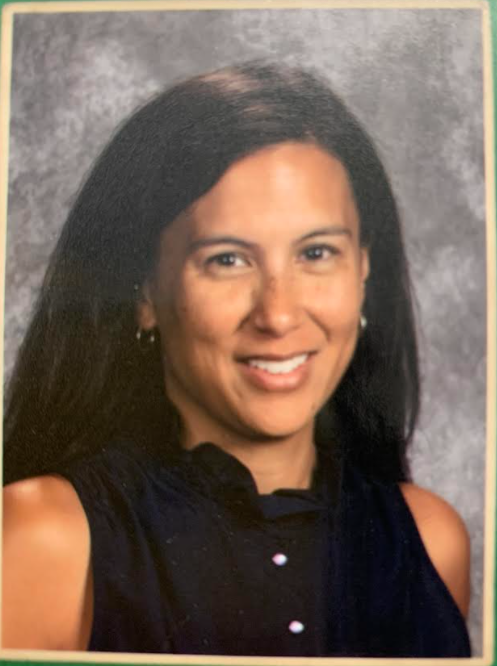
Asian Americans are the fastest-growing racial group in the U.S. They make up more than 7% of the population, projected to grow to 36 million by 2060, yet account for just 2% of educators. And today's teachers aren't getting much education to make up for that mismatch.
When teachers’ colleges do train students in multicultural education, the focus is rarely on Asian American history and issues, said Sohyun An, a professor of social studies education at Georgia’s Kennesaw University.
USA TODAY interviewed more than a dozen Asian American educators, all of whom said they themselves learned virtually no Asian American history until college, where they experienced a sort of reawakening.
Now, amid a wave of anti-Asian violence, these teachers are going out of their way to work that history into their classrooms.
'The most radical form of rebellion': Asian Americans mark Lunar New Year with joy, resilience
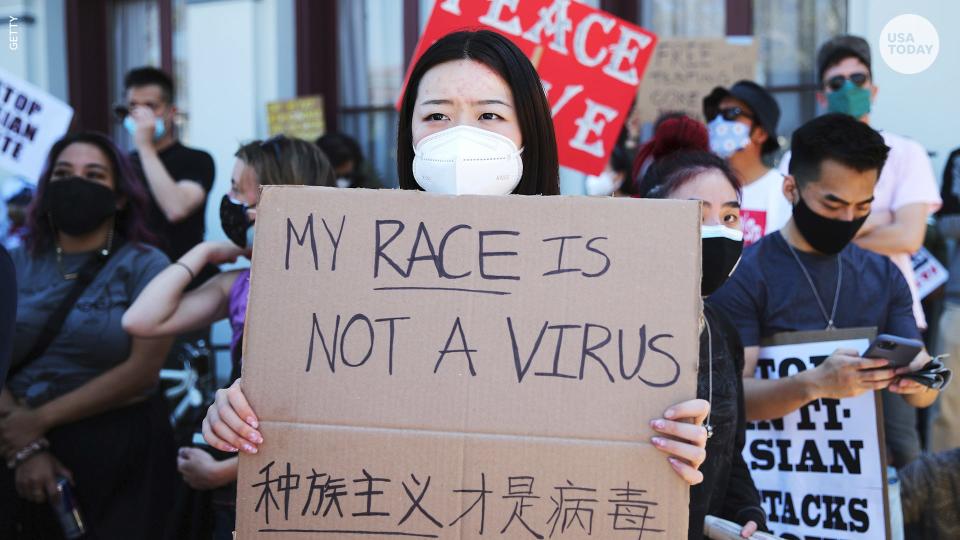
Push to require Asian American history
Two states, Illinois and New Jersey, have passed laws requiring the inclusion of Asian American history in public school curricula. In Connecticut, which already requires all high schools to offer Black and African American, Latino and Puerto Rican studies programs, advocates succeeded in getting Asian American and Pacific Islander history included in a K-8 model curriculum.
Similar legislation is underway – although often slow-tracked – in about 10 other states largely thanks to the organizing of a group called Make Us Visible, according to the Asian American Education Project’s Stewart Kwoh.
'A watershed moment': Illinois becomes first state to mandate Asian American history in public schools
At the same time, a growing number of states and districts are offering or requiring ethnic studies, which is typically broken down into units on the country’s Black, Latinx, Indigenous and Asian populations. A high-profile example is California, where ethnic studies will become a high school graduation requirement starting in 2029-30.
Advocates say such developments are in dire need in a country where Asian Americans are all but invisible in curricular standards.
In a qualitative analysis of all 50 states’ standards published earlier this year, An found little aside from the incarceration of Japanese Americans and anti-Asian immigration laws. Asian Americans are at most reduced to “an oppressed group lacking civic agency or new immigrants, with little contribution to the building of the nation,” An said.
But new laws will only be symbolic gestures at most, educators say, absent a greater investment in both teacher training and resources. “Teachers only teach what they know,” An said.
Survivors want the world to remember: In 1942, Camp Amache held 7,500 Japanese Americans prisoner
What about kids of color? History curriculum, books were written by and for white people.
Asian Americans barely are covered in school, said Noreen Naseem Rodríguez, a University of Colorado Boulder education professor. And when they are, "we see folks converting back to this old model of focusing on heroes and holidays, food, festivals, fun," she said. "Oftentimes, those approaches are attempts to be more multicultural, but they remain very superficial, kind of a one-off. It's not deeply embedded and contextualized in the rest of the curriculum throughout the year."
In some parts of the country, grassroots organizing has proven more effective than seeking to change standards, according to Kwoh of the Asian American Education Project. That’s especially true amid widespread pushback to “critical race theory,” Kwoh said. Partnering with UCLA and Stanford, the Asian American Education Project has developed more than 50 lesson plans and, starting early last year, offered trainings for teachers.
In Austin, Texas, educators have been working with community organizations to provide out-of-school Asian American history programming. “We decided we’re not going to wait for the curriculum to happen in K-12 spaces, so let’s build these spaces outside of schools,” said Mohit Mehta, a former classroom teacher and Ph.D. candidate studying education and Asian American studies at the University of Texas. Recently, Mehta and his team hosted a series of virtual, intergenerational storytelling events.
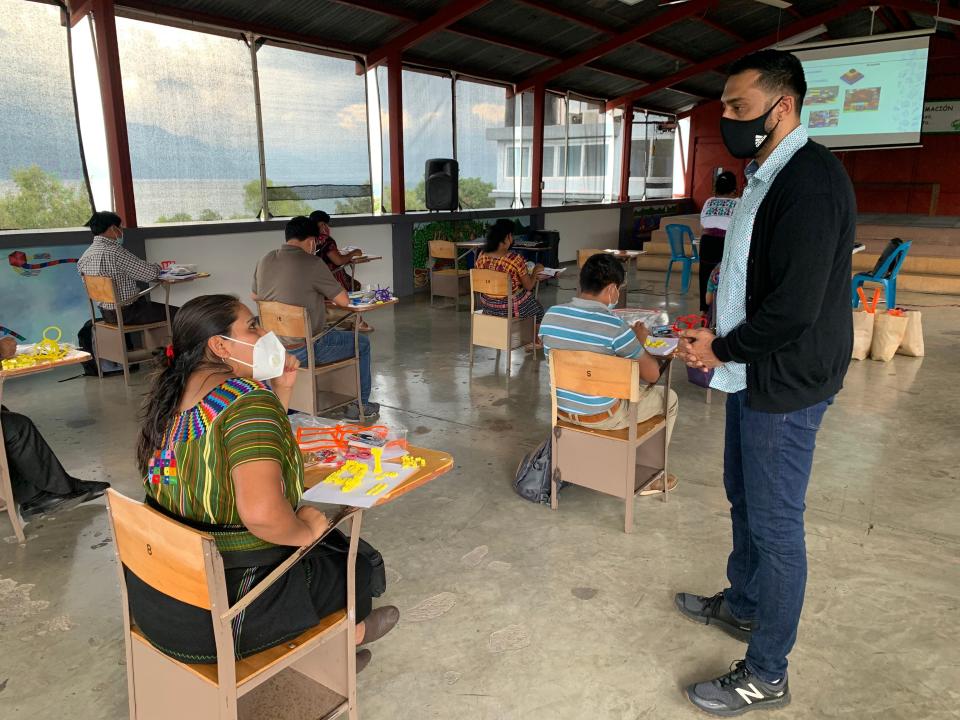
In Georgia, where six of the eight people killed in last year's Atlanta spa shootings were Asian women, the local chapter of Make Us Visible has been focusing much of its energy on providing professional development for teachers.
One year after Atlanta spa shootings: 'Prevention is the key' to fighting hate crimes against Asian Americans
Georgia's standards are very specific, with few references to Asian American history. Teachers have to get creative if they want to include it.
Growing up in the Atlanta area in the 1990s and early 2000s, Lisa Chu always had “this feeling that being Asian is wrong, or being Asian isn’t good enough.” Persistent stereotypes – Asians are nerds; Asians lack social lives; Asians only play video games – didn’t help. Nor did the pressures to assimilate.
“My family was very big on, ‘You’re American; you’re not Korean. You need to adopt American cultures and customs.’” Chu didn’t learn the Korean language or traditions from her parents’ homeland; she hated bringing homemade food for lunch or taking her friends to Korean restaurants. “I grew up feeling very ashamed of my own identity as an Asian American.”
Now Chu, 30, is an elementary school teacher in an Atlanta suburb with a large Asian American population. “It’s a big opportunity for me to figure out what it means to be Asian and American at the same time, how those cultures overlap,” Chu said.
In a state where lawmakers are considering anti-critical race theory legislation, Chu always sticks to the standards, to provide cover. Still, she uses classes like reading, where students work to understand an author's point of view, for example.
What U.S. history classes actually look like: We visited four schools to find out
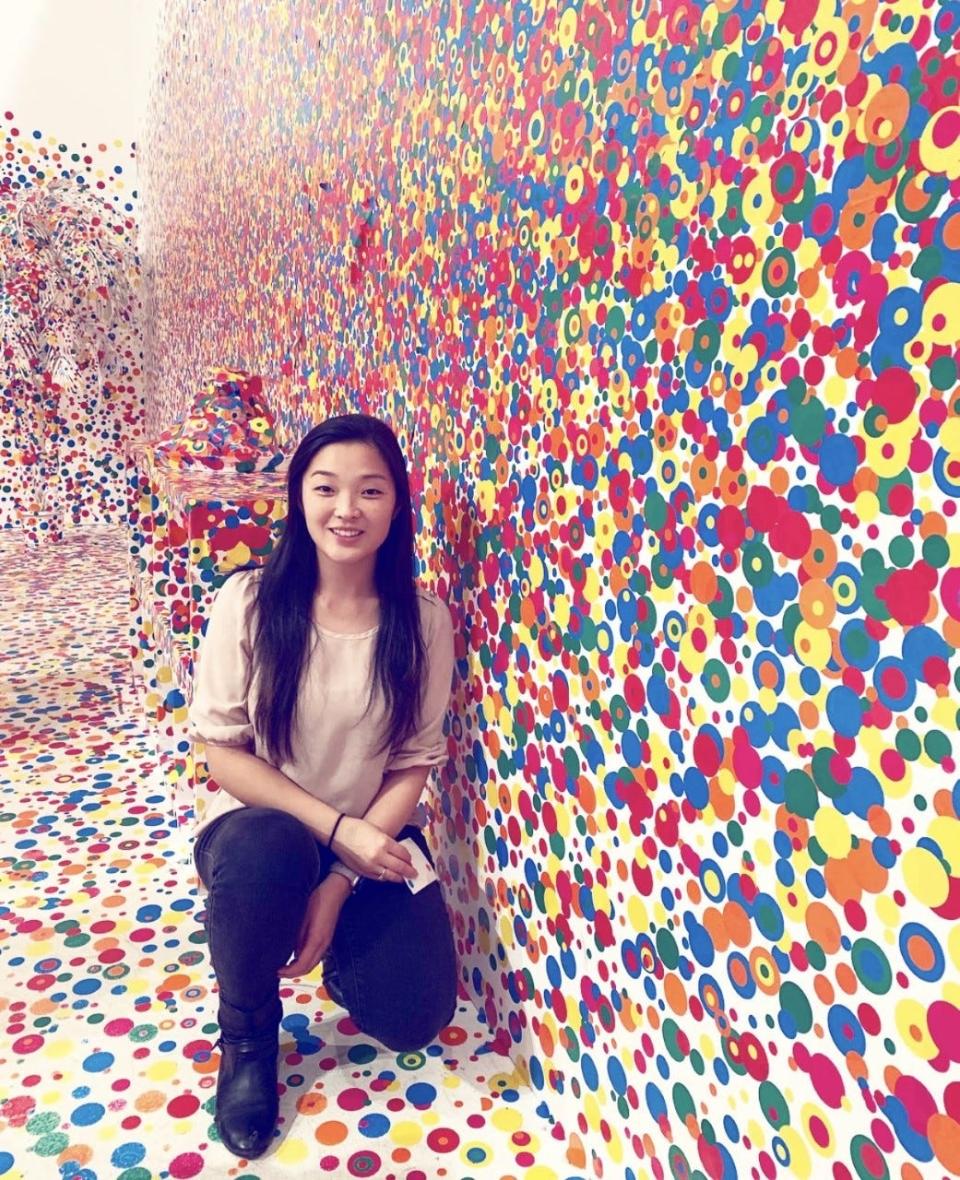
One of her favorite books to use is Patricia Polacco’s "Tucky Jo and Little Heart," which follows the World War II-era friendship between a Kentucky-raised soldier and a girl in the Philippines. Chu tries to teach students the lesser-discussed aspects of the war, such as the fact that Japan didn't only attack Pearl Harbor; it also attacked the Philippines, then a U.S. territory.
A few years ago, history teacher Christine Loui proposed a new Asian American studies course at the Palo Alto, California, private school where she works. When developing it, she learned there were only a handful of other high-school-level Asian American studies courses in the state at the time. Loui, 33, had to fly to the East Coast to consult with her Asian American studies professor from college.
All that work has paid off: The course has been fully enrolled each year since its launch.
As an experiment the first year she offered the course, Loui took her students to a nearby Trader Joe’s and had them analyze items in the store that represented or purported to represent anything Asian. “It was a very eye-opening experience, even for me,” Loui said. The students analyzed the marketing and discussed how people with Asian roots would describe it. Was it very stereotypical?
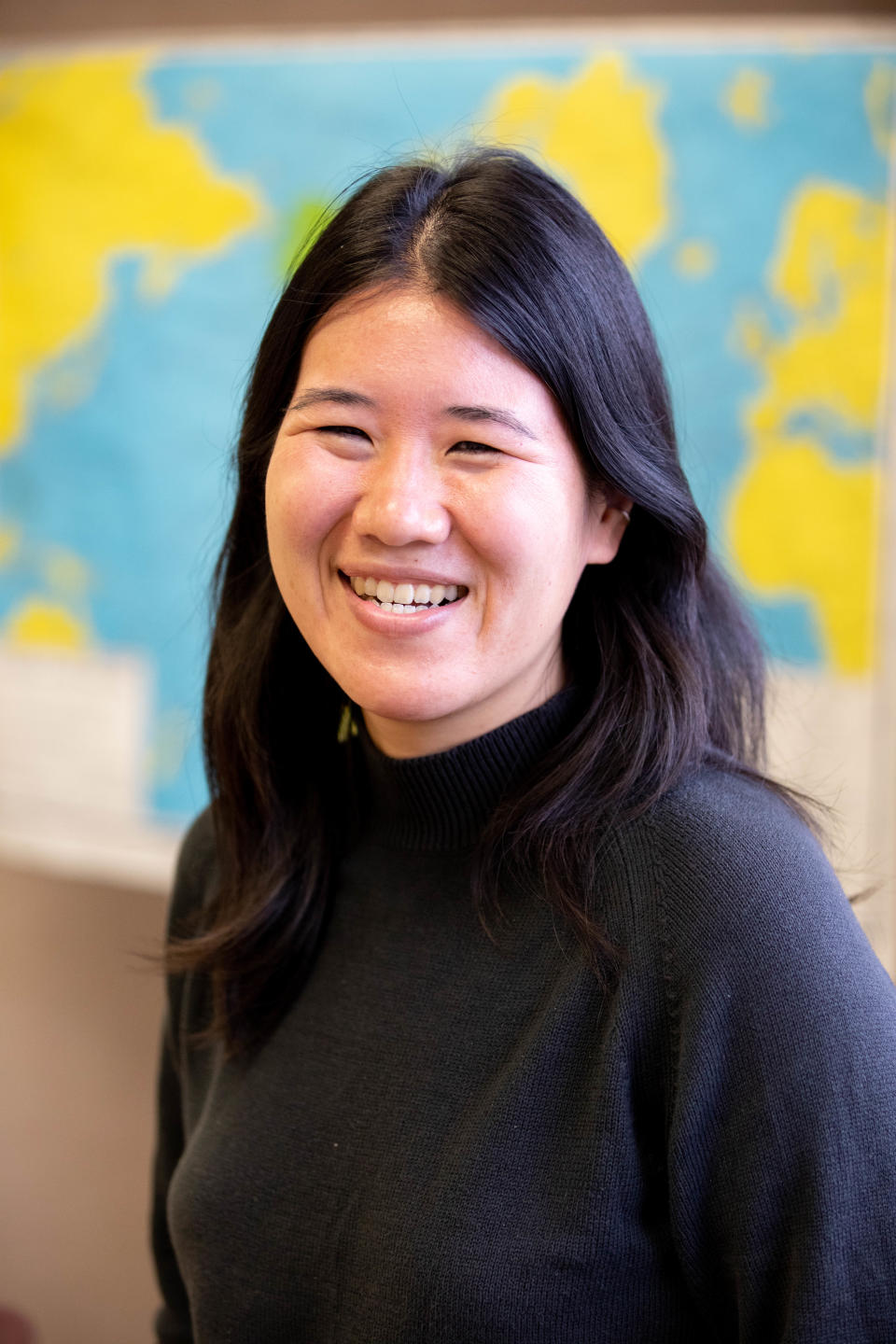
As part of a separate project, students analyzed Yelp reviews of Asian restaurants in the area and noticed the word “authentic” came up a lot. “It brought up all these interesting questions, like, ‘Who decides whether something is authentic?’ ‘What makes something palatable, and how does that relate to history?’”
Loui says she’s witnessed how transformative the class can be, especially for the roughly 50% of her class that is Asian American. “When they're able to research and learn about something that is central to their own identity, they flourish.”
K-12 students are becoming activists: Lessons from historic fight for ethnic studies
'They shouldn’t see their history just as victims'
Regardless of where they work, educators say they have to be extra resourceful and creative if they want to teach Asian American history. There’s just not a lot of curriculum to go off.
“I’ve often felt like an island doing this work,” said Sima Kumar, 50, who teaches English language arts in a predominantly Asian American New Jersey suburb. She also sits on the board of Make Us Visible New Jersey. "The curriculum is just not keeping up with the population changes in the classroom." She hopes that changes once the state's Asian American history education law goes into effect next school year.
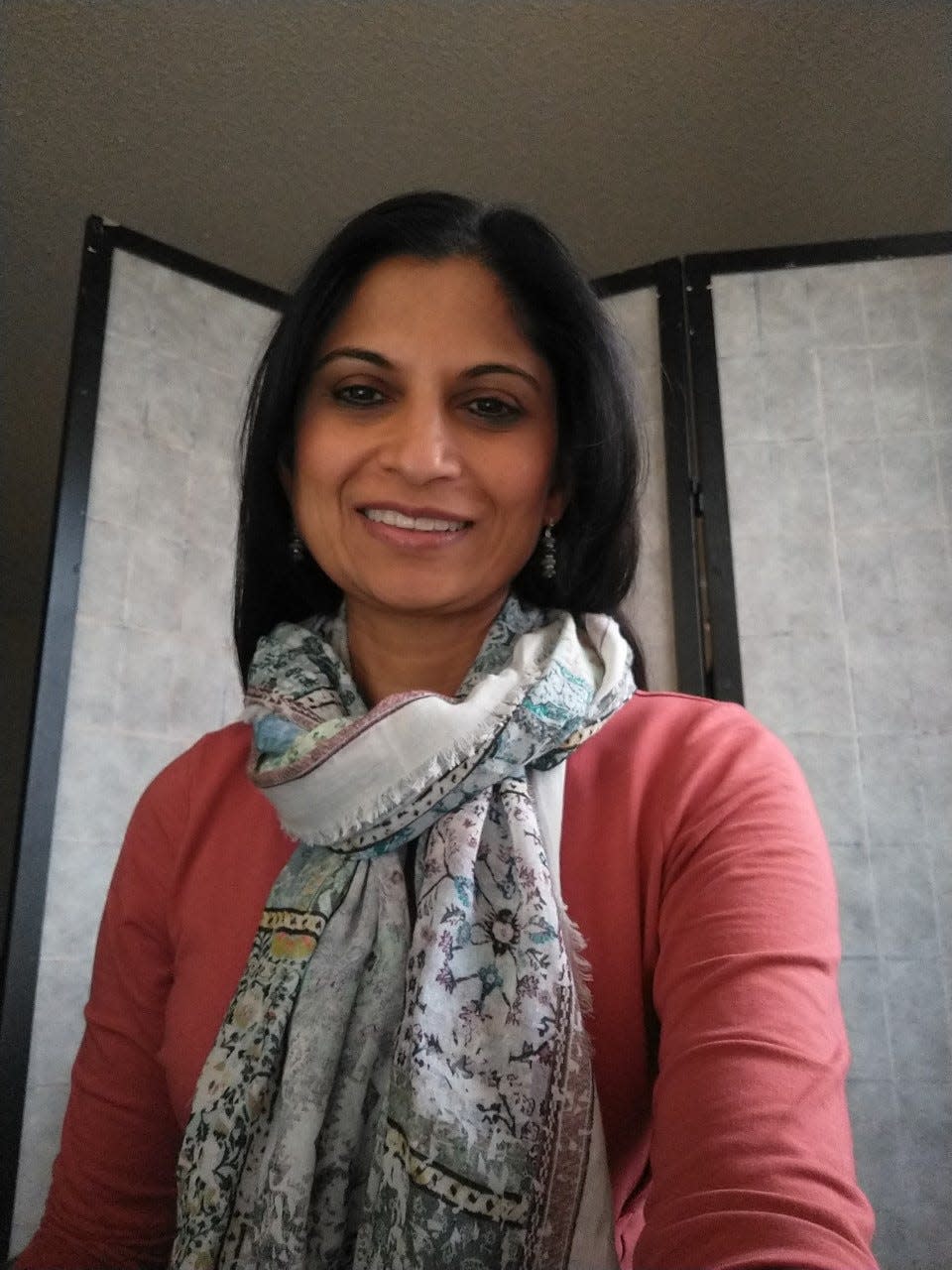
Recently she had students reflect on the American experience by analyzing various songs, treating them as poems. Most of the tunes are the usual suspects, from “Swing Low Sweet Chariot” to Bob Dylan’s “A Hard Rain’s Gonna Fall.” But one of them isn't as well-known: “We Are the Children” by Yellow Pearl, a 1970s Asian American folk band Kumar hadn't heard of until last summer, when she attended an Asian American Education Project professional development workshop.
The song situates Asian Americans “in the story of this country,” Kumar explained, citing its first few lines:
“We are the children of the migrant worker / We are the offspring of the concentration camp / Sons and daughters of the railroad builder …”
As a teacher, “you do have to recognize that the way the standards are written, they’re missing pieces,” said Stacy Yung, an instructional designer and former middle school history teacher in Irvine, California. “So we supplement to make sure we’re telling a richer story.”
We all have a unique perspective: Sign up for This is America, a weekly take on the news from reporters from a range of backgrounds and experiences.
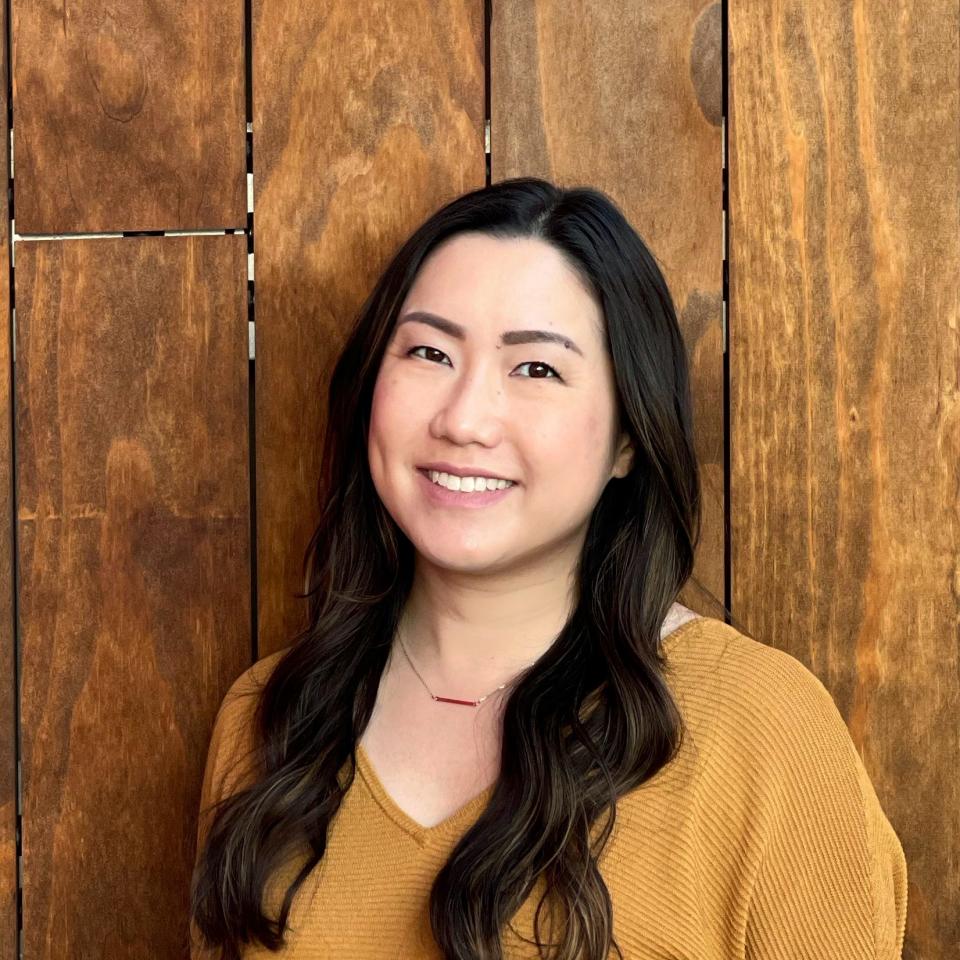
And part of that richness is Asian Americans’ accomplishments, said Yung, 36. Children may learn about Chinese exclusion and Japanese incarceration, but what about the Asian Americans who spoke out against such policies? What about all the landmark Supreme Court cases brought on by Asian Americans? What about all the Asian American civil rights leaders?
“When students are learning about Asian American history, especially if they identify as Asian American, they shouldn’t see their history just as victims but as people who tried to fight against systems and made progress,” Yung said.
Yung and Virginia Nguyen, a high school U.S. history teacher also in Southern California, created an organization called Educate to Empower that has helped train thousands of educators in Asian American studies following last year’s massacre in Atlanta. They’re also hosting an Asian American curriculum conference in the spring.
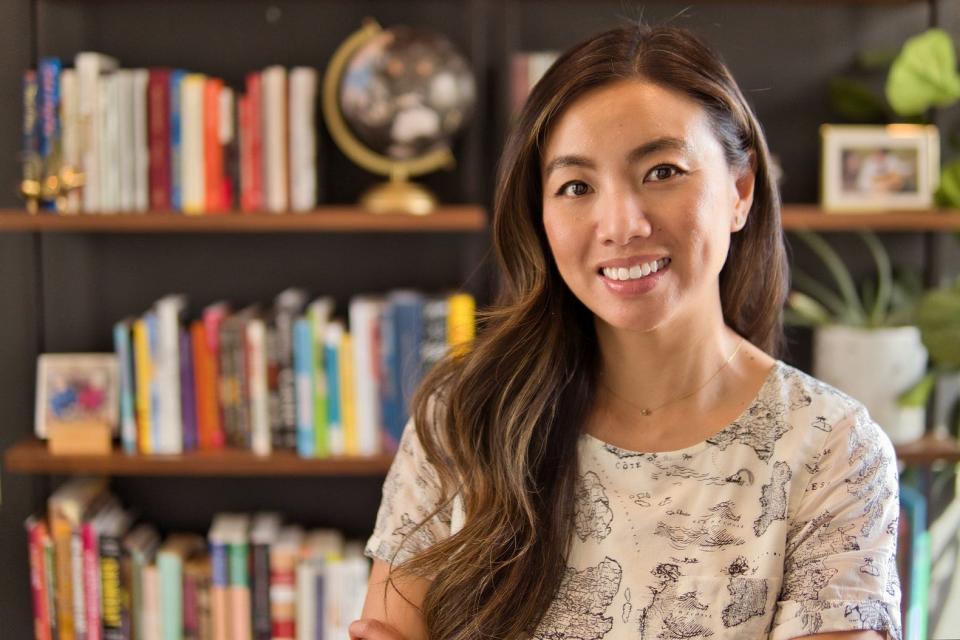
Educators “sometimes think that if you choose to teach about Asian Americans, then you have to let go of something else,” said Nguyen, 42. “I want to show educators that, actually, the story of Asian Americans and what we’re experiencing is very much aligned with a lot of the different stories and experiences of other communities. You can bring our stories in. You can still teach all the skills and all the thinking processes that you’re hoping the students will leave with.”
She and Yung also want to give Asian American educators a venue to exchange ideas, a reminder that they’re not alone in trying to teach this history. “Teaching as a person of color can be very lonely,” Nguyen said.
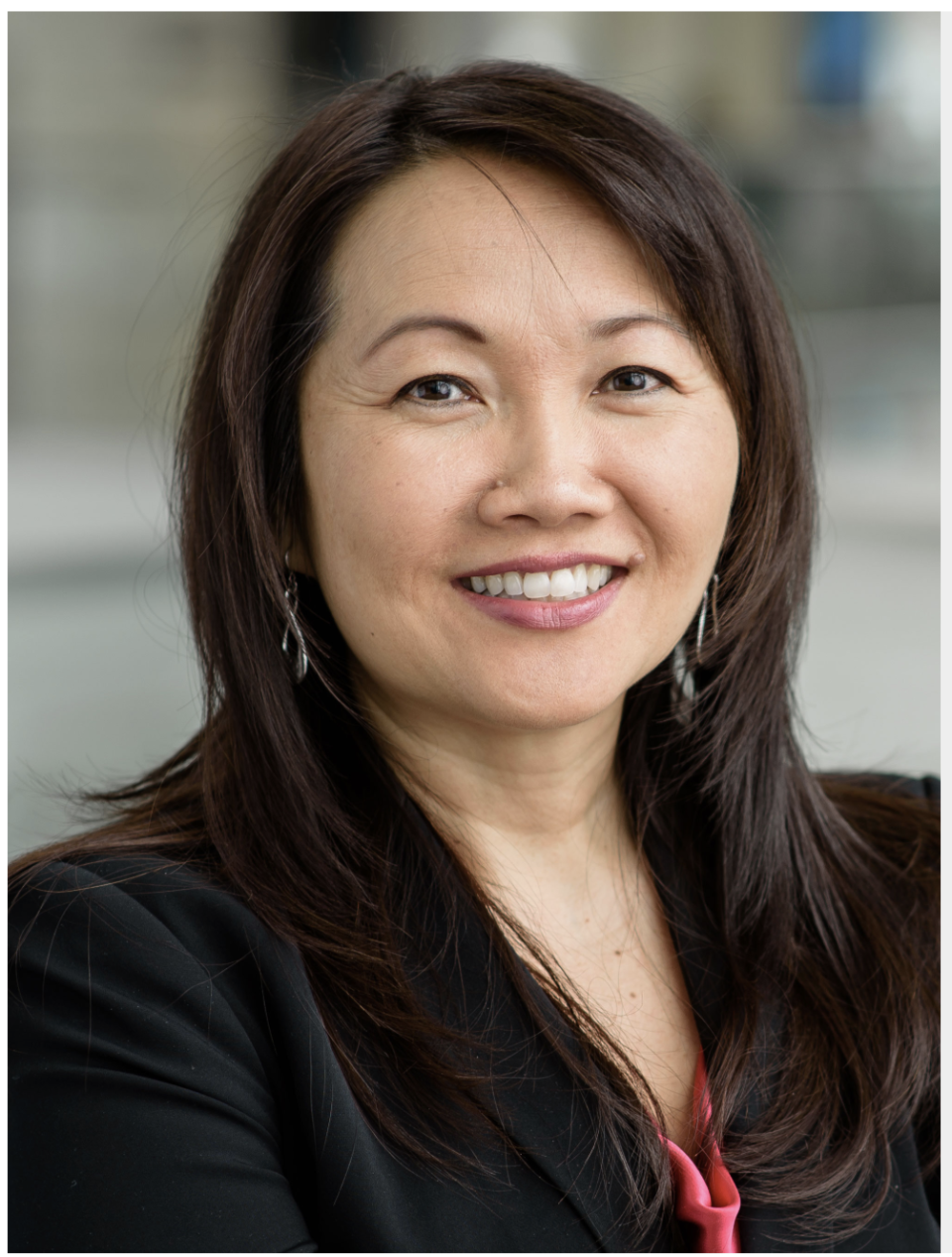
Phitsamay Uy, an education professor at the University of Massachusetts, Lowell, came to the U.S. as a child refugee from Laos, but “grew up not having an Asian American identity.” There weren’t many opportunities to develop one – until college, when she by chance took a psychology elective taught by an Asian American professor. It was in that course that she first learned about the United States’ secret bombings of Laos during the Vietnam War.
These days, she runs a mentorship program for Asian American educators. They learn to address microaggressions, and they spend a lot of time reflecting, as a group, on their invisibility as Asian American teachers. Many of the teachers in the program are the only Asian American in their school or even district.
Ultimately, Uy hopes programs like hers enable educators to inspire in their own students an interest in teaching. Today’s children, she said, shouldn’t have to wait until college to gain that knowledge.
Contact Alia Wong at (202) 507-2256 or awong@usatoday.com. Follow her on Twitter at @aliaemily.
This article originally appeared on USA TODAY: Stopping Asian American hate: AAPI teachers fight racism with history

